How to Practice Tennis Alone – Beginner’s Guide 2025
Have you ever been left to train alone? It might be challenging because no coach or instructor can correct any faults. Finding a willing practice partner can be difficult sometimes. How to practice tennis alone comes with many techniques, like using a tennis ball machine, practicing against a wall, focusing on footwork, or working on your serve.
But fear not because in this comprehensive guide, I have explained various strategies, drills, and techniques to help you improve your tennis skills when practicing alone.
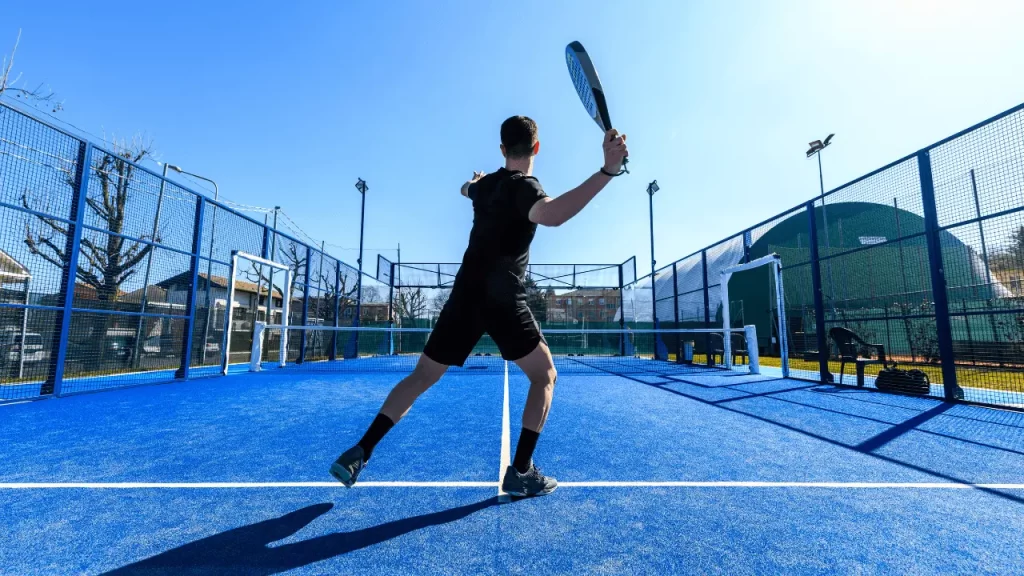
Feeling overwhelmed, let’s dive in.
Solo Tennis Practice: The Ultimate Guide
Solo tennis practice offers several benefits, including flexibility in scheduling, self-paced learning, and the ability to focus on specific areas of improvement without distractions. While it provides freedom and independence, it can be challenging due to the lack of external feedback and competition. Staying motivated and assessing progress can also be more challenging when practicing alone.
Understanding the advantages and limitations of solo practice helps set realistic expectations and motivates players to make the most of their solitary training sessions.
| Practice Method | What It’s Like | Benefits |
| 1. Warm-Up Exercises | Think of it as stretching and getting your body ready for action, like doing jumping jacks and dynamic stretches. | It prevents injuries and gets you physically prepared. |
| 2. Tennis Ball Machine | Imagine having a tireless practice partner who can serve balls at different speeds and angles, helping you work on your shots. | Consistent ball delivery and customizable settings for practice. |
| 3. Hitting Against a Wall | It’s like playing catch with yourself but against a wall. Practice hitting the ball cleanly and consistently. | Improves shot consistency and precision. |
| 4. Solo Serve Practice | Picture practicing your serves by serving multiple balls to yourself using a basket or hopper. Focus on technique and accuracy. | Enhances your serving skills and consistency. |
| 5. Focusing on Footwork | Think of it as agility training, like practicing quick movements and balance exercises to become more agile on the court. | Improves court coverage, agility, and positioning. |
| 6. Self-Feeding Drills | It’s like playing a solo game of catching and hitting balls to practice your forehands, backhands, volleys, and serving. | It allows you to work on specific shots and techniques. |
| 7. Tennis Net Rebounder | Imagine a rebound wall for net-related shots. Practice volleys and overheads as if you’re volleying against a wall. | Enhances net play and reflexes. |
| 8. Learning from Online Resources | Think of it as watching how-to videos and getting tips from experienced players online. | Access to valuable instruction and mental training resources. |
How to Practice Tennis Alone For Beginners
When it comes to solo tennis practice, you can use various methods and techniques to enhance your skills. Here are eight effective ways to practice tennis alone:
Warm-Up Exercises
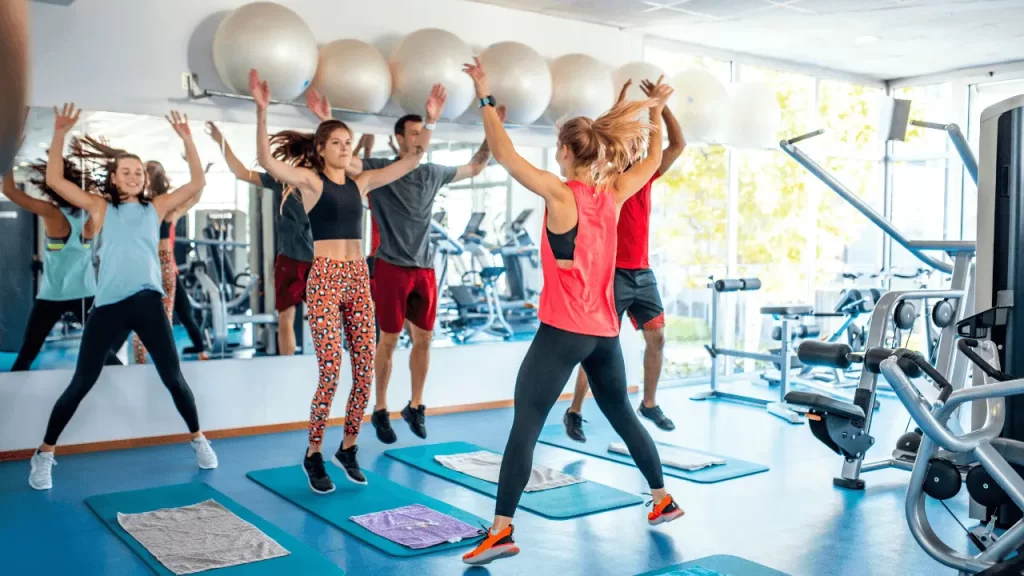
To avoid injuries, it is important to warm up your muscles before beginning any tennis practice. A proper warm-up increases blood flow loosens joints, and prepares your body for intense physical activity.
Solo Warm-Up Exercises
- Jumping jacks: A great full-body warm-up exercise to get your heart rate up.
- Dynamic stretches: Arm circles, leg swings, and hip rotations help to improve flexibility.
- Shadow swings: Mimic forehand and backhand swings without a racket to prepare your body for tennis movements.
A well-executed warm-up set decreases the chance of strains, sprains, and muscle pulls, allowing you to practice without interruption.
Using a Tennis Ball Machine
Tennis ball machines are excellent equipment for solo practice. They offer consistent and precise ball delivery, allowing you to work on various shots, including volleys, groundstrokes, and serves. This is how you can get the most out of your tennis ball machine:
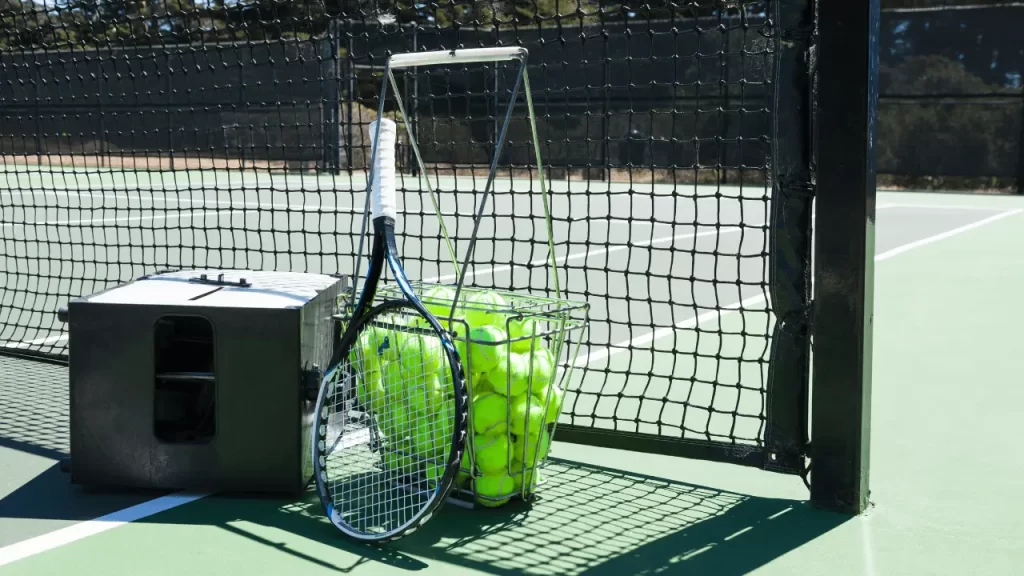
- Customize Your Practice: Adjust the machine’s settings to mimic different game situations, such as varying ball speed, spin, and trajectory.
- Focus on Weaknesses: Identify areas of your game that need improvement and tailor your practice sessions accordingly.
- Regular Repetition: Use the machine to practice specific shots repeatedly, honing your technique and building muscle memory.
Ball machines enable players to focus on precision and consistency in their shots. Players may modify their settings to their specific practice objectives. Tennis ball machines offer an ideal partner for solo players, offering a diverse range of shots and practice scenarios. Their reliability enhances skill development.
Hitting Against a Wall
Hitting against a wall is a classic and effective way to practice tennis when you don’t have a partner. Hitting against a wall helps players to independently practice shots and drills. It enhances consistency, precision, and versatility in shot execution. Find a suitable wall with a smooth surface, and follow these tips:
- Consistency and Accuracy: Focus on hitting the ball cleanly and consistently against the wall to develop precision.
- Footwork Practice: Use the wall to improve your court movement and positioning.
- Variation: Change the types of shots you hit (forehands, backhands, volleys) and the angles at which you hit them to simulate different game situations.
Wall drills improve hand-eye coordination, reaction time, and shot placement. Players can execute a variety of shots, including forehands, backhands, and volleys. Efficient wall practice involves structured drills and a focus on technique. Players can create challenging scenarios to simulate real match situations.
Solo Serve Practice
Your serve is crucial to your game, and practicing it alone can be highly beneficial. A powerful and accurate serve is a game-changer in tennis. Solo-serve practice allows players to refine their serving technique and develop consistency. Here’s how to work on your serve without a partner:
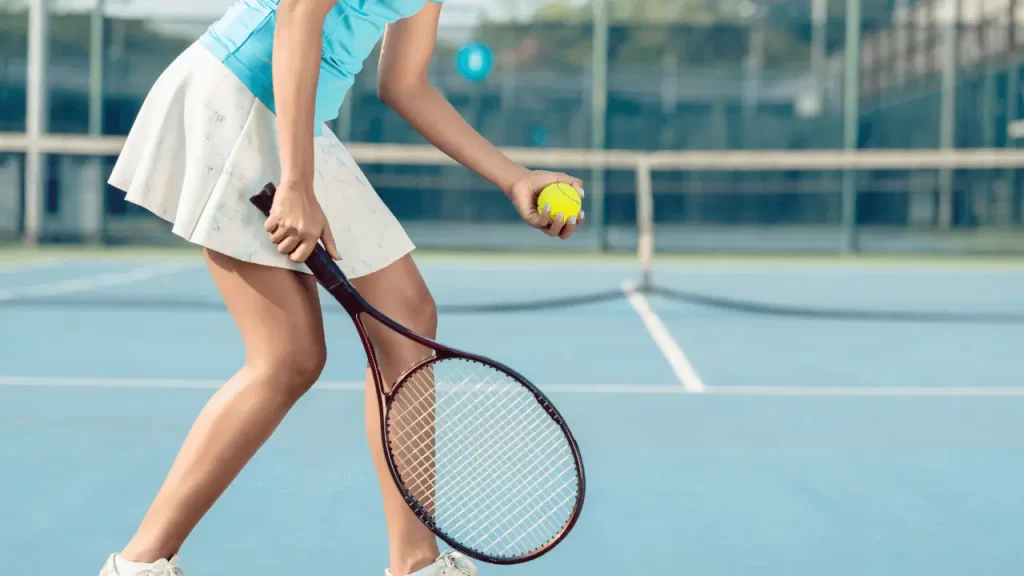
- Ball Basket: Use a ball basket or hopper to hold multiple tennis balls, allowing you to practice multiple serves in succession.
- Focus on your Technique: Pay especially close attention to the technique of your serve, including the grip, throw, and follow-through.
- Record and Analyze: Record your serves and analyze the video to find areas for development.
Practicing serves alone involves hitting numerous balls to work on placement, speed, and spin. The recording helps players assess their form and identify areas for improvement. Recording serve sessions enables players to analyze their serves from different angles. It provides valuable insights into technique and allows for targeted adjustments.
Focusing on Footwork
Footwork is fundamental to successful tennis play. The Significance of Footwork Footwork is the foundation of effective tennis play. Players with excellent footwork are better equipped to reach the ball, maintain balance, and execute precise shots. Practicing footwork drills alone can significantly improve your court coverage and positioning:
- Agility Drills: Set up cones or markers to simulate on-court movement patterns and practice agility and quick changes in direction.
- Balance Exercises: Perform balance exercises to ensure stability and proper weight transfer during shots.
- Shadow Drills: Shadowing mimics game situations and movements without a ball to enhance your reaction time and anticipation.
These sessions can focus on footwork drills, enhancing agility, speed, and court coverage. These drills prepare players for varied on-court situations. Maintaining balance and rhythm is crucial for shot consistency.
This practice encourages players to watch their body’s movements, ensuring smooth transitions. It fosters watchfulness and concentration as players track the ball without the distraction of an opponent. Sharpening mental focus is an integral part of tennis.
Self-Feeding Drills
Self-feeding drills involve feeding yourself balls to practice specific shots or techniques. This strategy enables you to concentrate on your stroke mechanics.
- Forehands and Backhands: Stand at the baseline and feed balls to yourself to practice forehand and backhand shots.
- Volley Practice: Work on your volleys by self-feeding balls close to the net.
- Serving: Self-feeding can help you improve your serve’s consistency and placement.
Tennis Net Rebounder
A tennis net rebounder is a device that simulates a net, allowing you to practice volleys and other net-related shots. Here’s how to use it effectively:
- Volley Drills: Set up the net rebounder and practice volleys, overheads, and net play.
- Improve Reaction Time: The rebounder can help improve your reflexes and reaction time for close-net encounters.
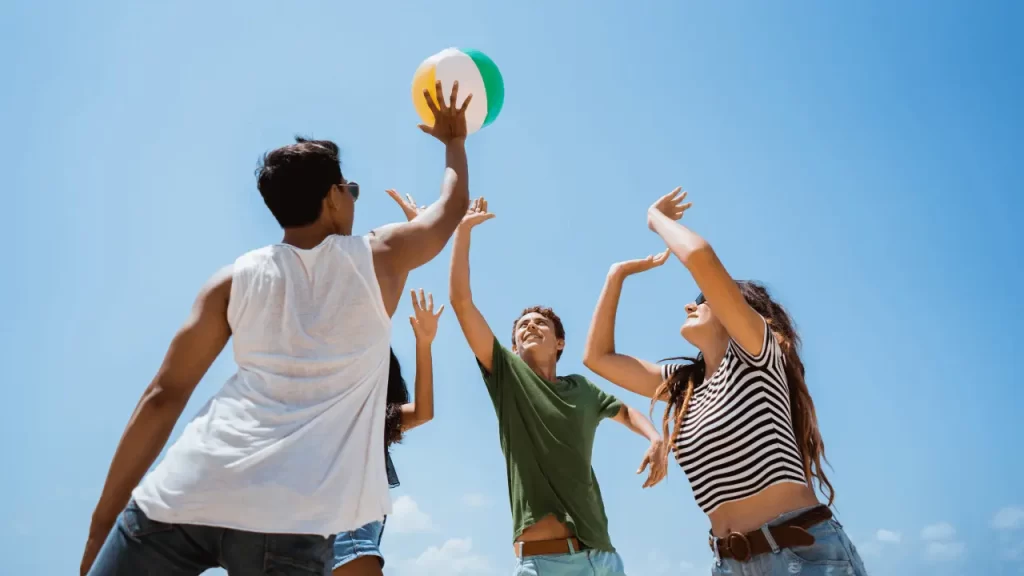
Learning from Online Resources
Tennis enthusiasts gain a lot from the internet source. Online platforms like YouTube offer a wealth of instructional videos, strategy tips, and professional player demonstrations. Here’s how to utilize online resources:
- Tutorial Videos: you can watch tutorial videos from experienced coaches and players to learn new techniques and strategies.
- Mental Training: also you can try to explore online resources that focus on the mental aspects of tennis, including visualization and mental preparation.
Video Self-Analysis
The value of recording your play recording practice sessions helps players assess their technique, track progress, and identify improvement areas. It provides an objective view of one’s game. Recording your practice sessions and matches is an excellent way to perform self-analysis. Here’s how to maximize the benefits of video self-analysis.
- Record Regularly: Record your practice sessions and matches to measure your improvement over time.
- Identify Weaknesses: Examine the recorded video for technical flaws, weaknesses, and places for improvement.
- Compare with Pros: Compare your technique with that of professional players to learn from their form and strategies.
Reviewing recorded sessions allows players to pinpoint weaknesses in their game. It helps players make targeted adjustments and measure their improvement over time. Video analysis complements solo practice by offering insights into technique and strategy. It is a valuable tool for self-improvement.
Incorporating these eight effective ways into your solo tennis practice routine can help you develop your skills, improve your game, and build self-confidence on the court. Dedicated solo practice can take your tennis abilities to the next level, whether a beginner or an advanced player.
Where and How to Practice Alone
Court-Based Solo Practice: Players can practice alone on tennis courts, focusing on various aspects of their game. The court provides a controlled environment for honing skills.
Using Open Spaces for Practice: In the absence of a court, open spaces like empty parking lots or fields can serve as practice areas. Players can engage in footwork drills and stroke practice.
Online Learning Resources: Online platforms offer a plethora of tennis resources, including instructional videos, strategy tips, and mental training techniques. Players can access these resources anywhere for self-guided learning.
Creating a Practice Routine
Setting Goals: Define clear objectives for your solo practice. Whether it’s improving your backhand or increasing your serving accuracy, setting goals keeps you motivated and focused.
Structure Your Practice Sessions: Design a practice plan that includes warm-up, skill-specific drills, and cool-down exercises. Allocate time for each aspect to maximize your practice efficiency.
Tracking Progress: Keep a practice notebook to track your goals, accomplishments, and areas for development. You can stay motivated and measure your progress by tracking your progress.
Pros of Solo and Partnered Practice
Solo Practice Advantages
- Flexibility in scheduling
- Focused skill development
- Independence and self-paced learning
Partnered Practice Advantages
- Competition and pressure
- Real-time feedback
- Motivation and camaraderie
Finding the Right Balance
Combining solo and partnered practice can optimize skill development. Players can enjoy the benefits of both approaches to enhance their tennis game.
Cons Of Practicing Alone
While practicing tennis alone offers several benefits, there are also some cons or disadvantages to consider:
- No Real Competition: You miss out on the challenge and unpredictability of playing against a real opponent, which is crucial for improving your game.
- Repetitive Training: Without a partner, mixing up your practice routines can be tough, making sessions feel repetitive.
- Lack of Immediate Feedback: You don’t get instant feedback to correct mistakes, potentially leading to bad habits.
- Limited Strategy Practice: Practicing alone doesn’t allow you to work on strategic thinking and adapting to an opponent’s style.
- Less Social Interaction: Tennis is a social sport; solo practice can be isolating and less fun.
- Motivation Challenges: Staying motivated can be hard without external encouragement or competition.
- Risk of Stagnation: Solo practice might lead to skill stagnation, where you don’t see improvement.
- Higher Injury Risk: Practicing alone can be riskier without supervision, leading to potential injuries.
Practicing alone can be less fun, less motivating, and may not help you improve as much as practicing with others.
Conclusion
In conclusion, how to practice tennis alone has its pros and cons. Practicing tennis alone offers a multitude of benefits for players of all levels. Whether you utilize a tennis ball machine, practice against a wall, focus on footwork, or work on your serve, solo practice can significantly improve your game.
Additionally, mental preparation and self-analysis are vital in achieving success on the court. Solo practice allows you to tailor your training to specific areas of improvement and develop a strong foundation in tennis fundamentals.
While partnered practice has advantages, finding the right balance between solo and partnered training can be the key to reaching your full potential as a tennis player. So take your racket, head to the court, and begin your solo tennis journey to its potential.
Frequently asked questions
Can practicing tennis alone help me if I’m a beginner?
Solo practice can benefit players of all levels, including beginners. It gives a chance to improve core skills and provides a solid foundation in tennis. However, beginners may also benefit from occasional coaching or instruction to learn the basics correctly.
Is solo tennis practice as effective as playing with a partner or coach?
Solo tennis practice can effectively improve specific skills and techniques, but it may not replicate the competitive and strategic aspects of playing against a real opponent. Combining solo practice with partner play and coaching often yields the best results.
How can I keep motivated when playing a solo game of tennis?
It might be challenging to stay focused during alone practice. Setting specific objectives, tracking your progress, and altering your practice routines will help you stay motivated. Additionally, listening to music or using motivational cues can boost your enthusiasm.
What should I pay attention to when analyzing my tennis practice videos?
When analyzing your practice videos, consider your technique, footwork, positioning, and shot selection. Check for aspects where you might improve and focus on polishing the skills you have.
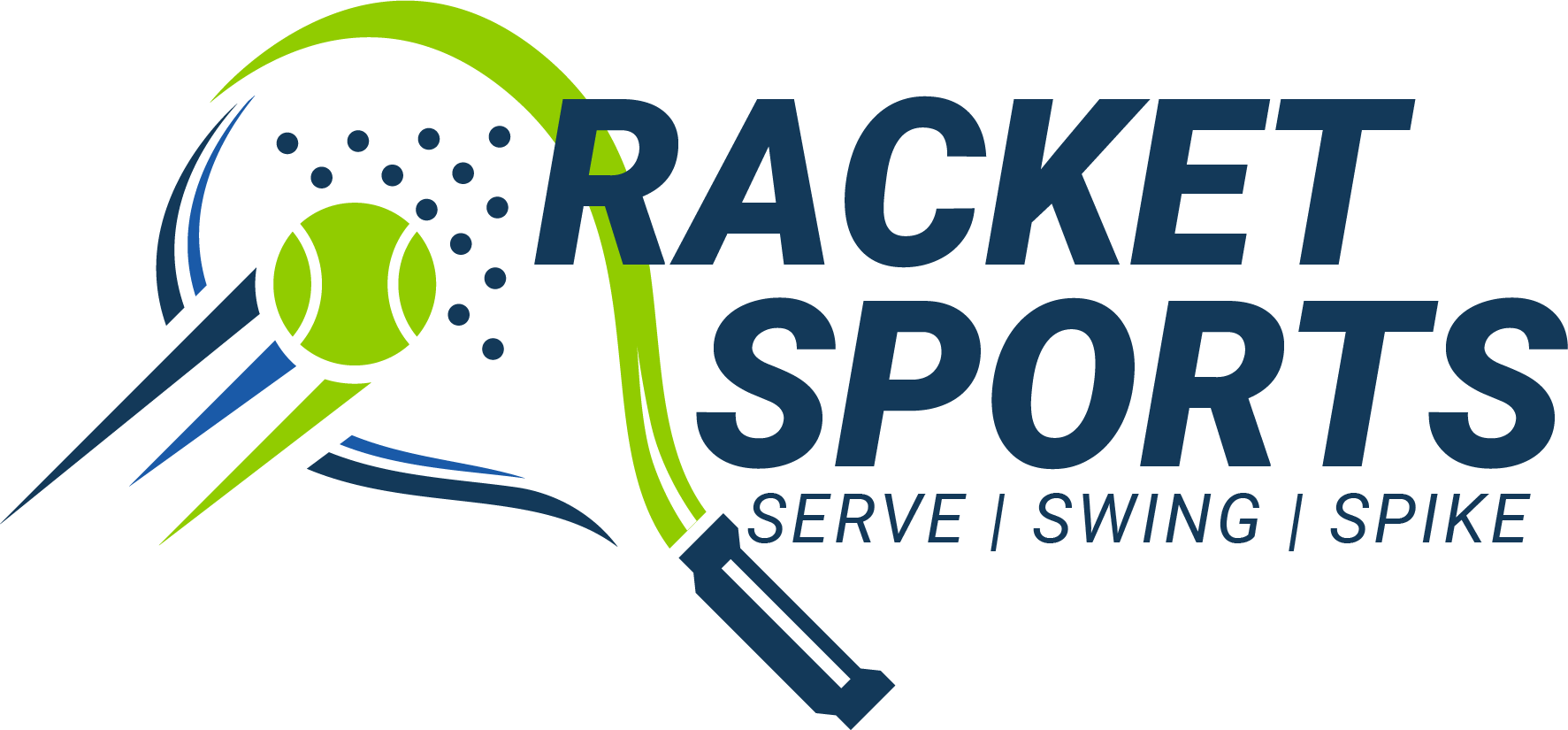

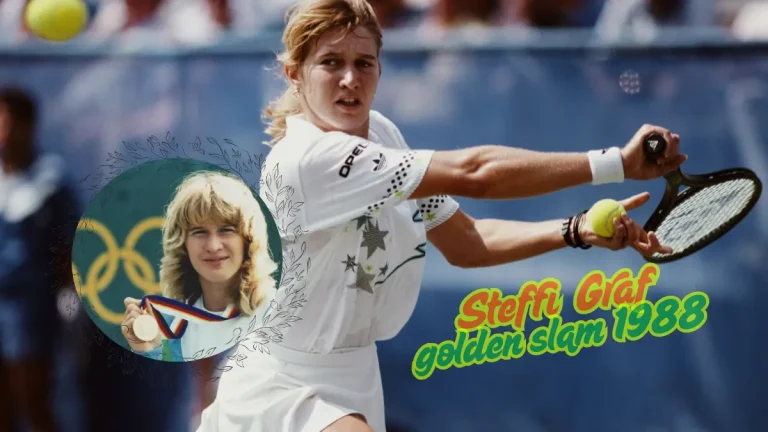
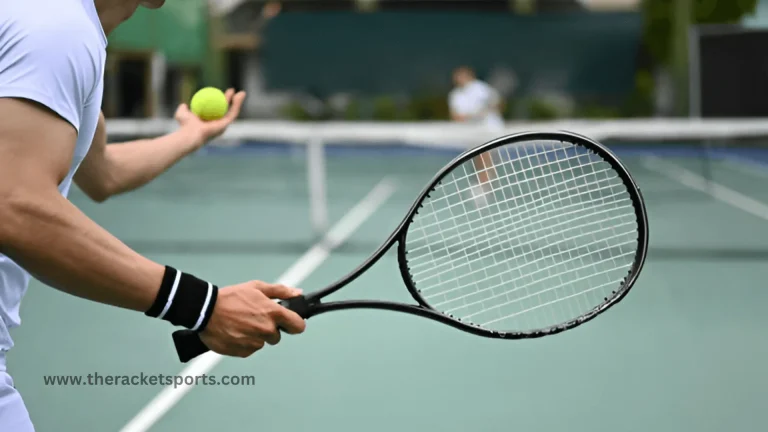
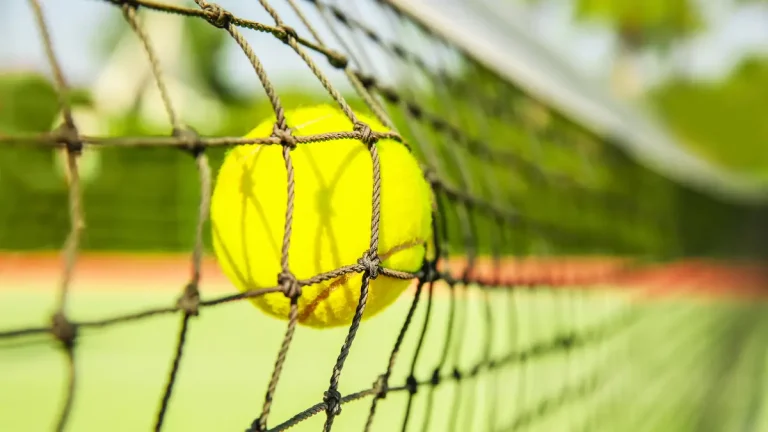
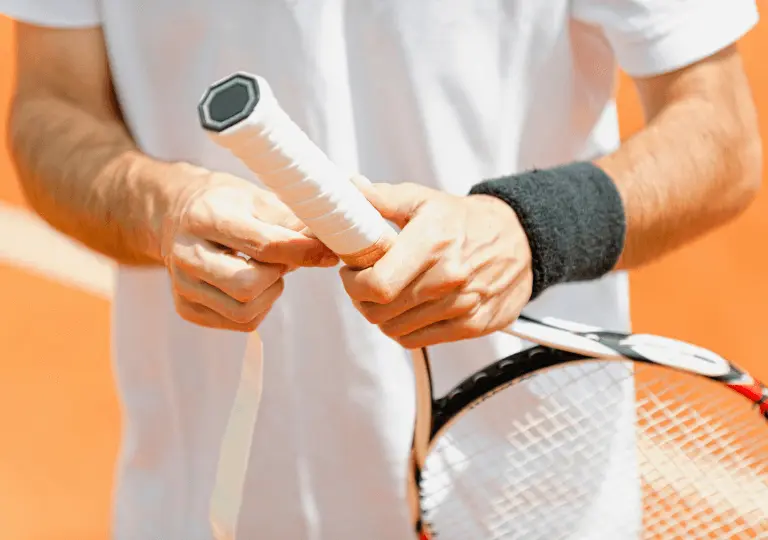
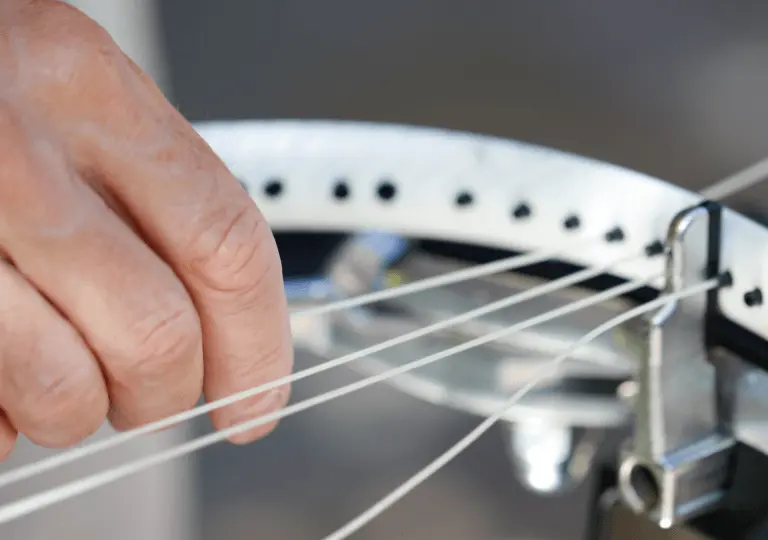
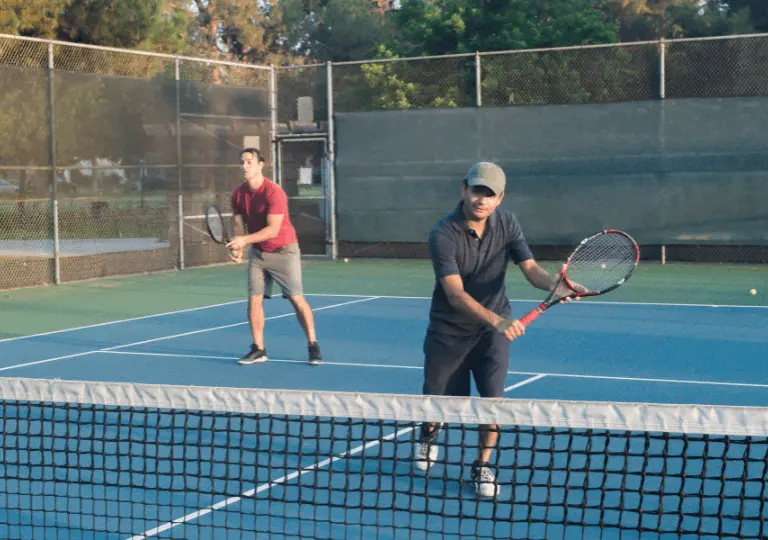
Thanks for the article.